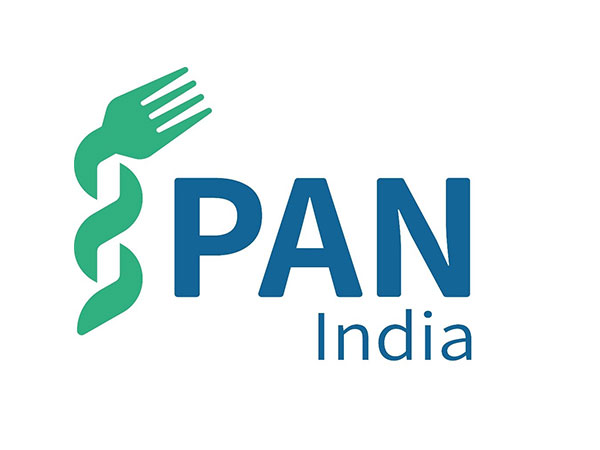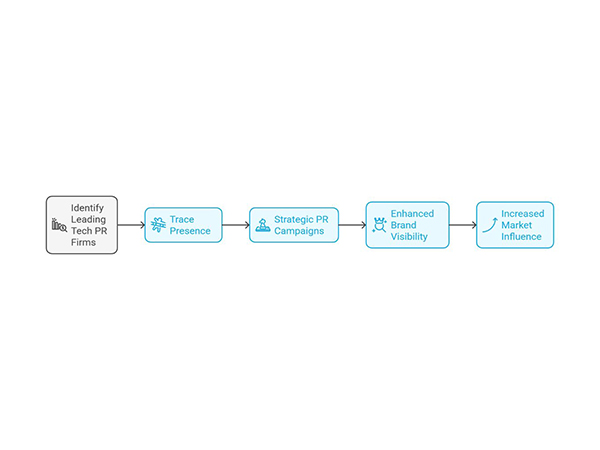
The Future of Savings Accounts: Trends and Innovations
Oct 17, 2024
VMPL
New Delhi [India], October 17: The traditional savings account is undergoing significant transformation almost every day. Driven by technological advancements, changing consumer expectations, and regulatory shifts, the future of savings accounts looks very different from a decade ago. For many, the pain points with traditional banking, such as low interest rates, lack of flexibility, and minimal rewards, are prompting a shift towards more innovative and rewarding options.
This article explores the emerging trends and innovations redefining savings accounts, offering insights into what the future holds and how you can benefit from these changes.
Rising Digital Integration
The digital revolution has impacted savings accounts, with banks introducing sophisticated tech-driven features to enhance user experience.
* Mobile Banking Apps: Almost all major banks now offer mobile apps that allow customers to manage their savings accounts on the go. These apps have features like real-time balance checks, automated bill payments, and financial planning tools.
* Integration with Payment Services: Savings accounts are increasingly being integrated with third-party payment services like Google Pay, Apple Pay, and various UPI-based apps in India. This integration allows seamless transactions directly from your savings account without needing a credit or debit card.
Enhanced User Experience
As banks compete for customers, the focus has shifted to enhancing the user experience through personalisation and improved customer service.
* Personalised Banking Advice: Using artificial intelligence, banks can offer personalised financial advice based on spending habits and saving goals.
* 24/7 Customer Support: AI-powered chatbots and dedicated customer service teams ensure that help is available around the clock, making it easier to manage your savings account effectively.
Green Banking Initiatives
Environmental concerns are prompting banks to adopt green banking practices, which help reduce carbon footprints and attract environmentally conscious consumers.
* Paperless Transactions: Banks are encouraging customers to opt for e-statements and online transactions, which will significantly reduce paper use.
* Green Loans and Incentives: Some banks offer higher interest rates on savings accounts if the funds are used for green investments like solar panels or electric vehicles.
Adaptive Interest Rates and Behavioural Banking
The future of savings accounts is not just about integrating technology but also about making these accounts more adaptive and responsive to individual financial behavior. Banks are beginning to use behavioral economics to offer adaptive interest rates that incentivise saving habits and financial health.
* Behavioural Interest Rates: Banks are experimenting with interest rates that adjust based on account holders' saving and spending patterns. For example, higher interest rates might be offered during months when a higher percentage of income is saved rather than spent. This dynamic approach encourages users to save more by directly linking their financial habits with tangible rewards.
* Goal-based Savings Incentives: Financial institutions increasingly offer customized savings programs that help account holders set and achieve specific financial goals, such as saving for a home, education, or retirement. These programs often feature automated contributions that adjust as the user's financial situation changes, with visual tools to track progress towards goals.
* Real-time Financial Coaching: Some banks now offer real-time suggestions based on transaction data, including AI-driven financial advice. This might include advice on budget adjustments, warnings against potential overdrafts, and tips for optimal fund allocation across different financial products.
* Integration with Lifestyle Services: Savings accounts are increasingly being linked to financial services and lifestyle services. For example, some banks offer benefits like discounted health and wellness programs, integration with travel booking platforms, or rewards redeemable in various commercial networks, further blurring the lines between banking and daily living.
Security Enhancements
With the increase in digital banking, it has never been more important to be assured of the security of savings accounts.
* Biometric Security: Advanced security measures such as fingerprint and facial recognition are becoming common for accessing account information.
* Blockchain Technology: Some banks are exploring blockchain to enhance the security and transparency of transactions and reduce fraud.
What is UTR Number and Its Importance?
As digital banking evolves, knowing "what is the UTR number" is is also very crucial. The UTR (Unique Transaction Reference) number is a unique identifier used to track financial transactions, making sure that your deposits and withdrawals are recorded with precision and security.
This system is integral for maintaining accurate financial records and facilitating the swift resolution of any discrepancies in bank transactions. Being aware of and utilizing the UTR number can significantly enhance the safety and efficiency of your banking experience.
Conclusion
The future of savings accounts is dynamic and promising, with trends and innovations to make banking more accessible, rewarding, and secure. By staying informed and adapting to these changes, you can maximize the benefits of your savings account and ensure it meets your financial needs now and in the future.
(ADVERTORIAL DISCLAIMER: The above press release has been provided by VMPL. ANI will not be responsible in any way for the content of the same)






